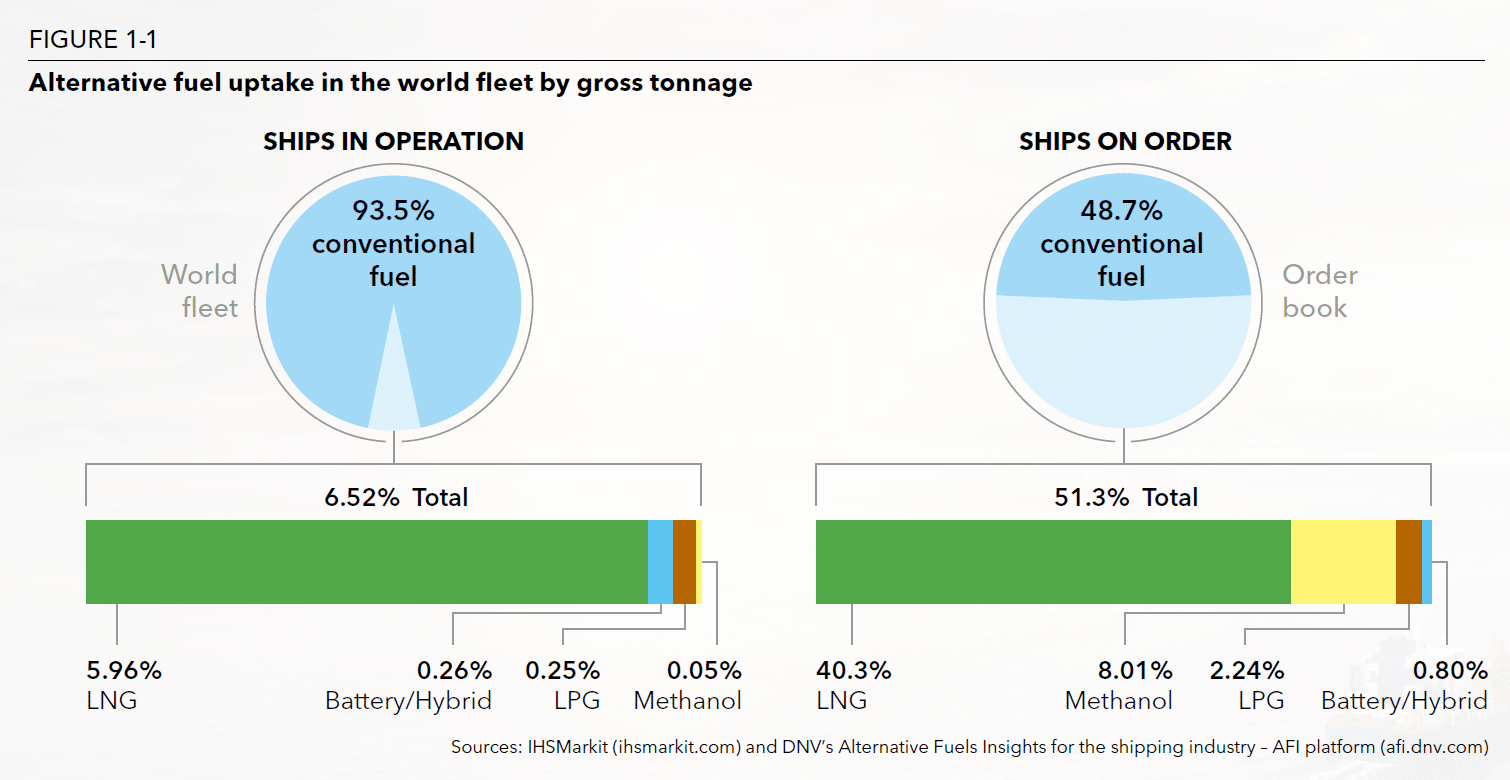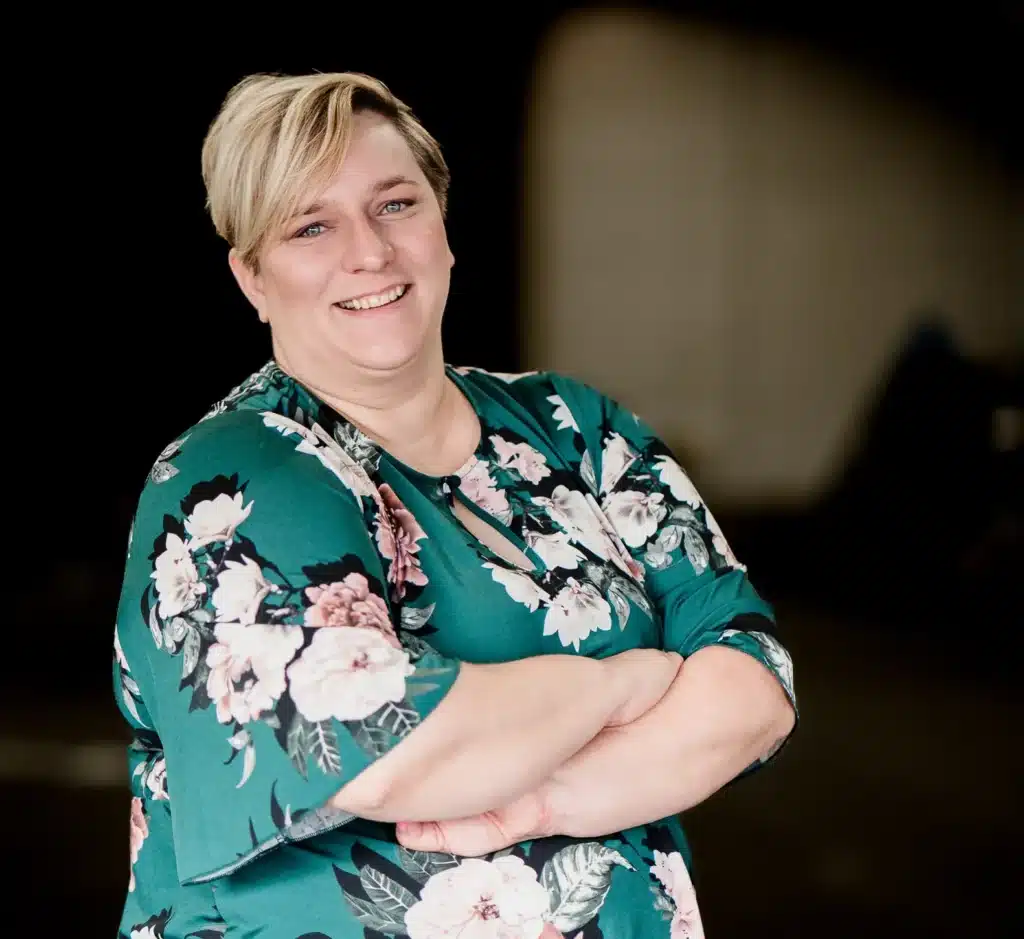Last week DNV published their Maritime Forecast for 2050. The report discusses the shipping industry’s pathway to decarbonization, in which the energy source plays a key role. As it does in many other sectors as well. It is important to think about the energy sector more broadly in this context and not focus only on the use of energy but also on how the energy source was produced. DNV’s report also offers a perspective on how the emission calculation should be considered in the regulation.
According to the report, liquid natural gas (LNG) ships continue to dominate the order books. Out of a total of 1 376 ships on order, 829 are LNG with the second-most dominant being battery/hybrid at 295. Based on gross tonnage, LNG represents 40,3 percent of ships on order. As the report points out there are several different alternatives for fuel sources such as LNG or eLNG, ammonia, hydrogen, and methanol for example. However, the report also indicates that there will be a bottleneck in available fuels, especially in the near term. One reason for this is that other industries also have a demand for certain fuels and because markets in synthetic fuel production are still developing.

Figure source: DNV Energy Transition Outlook 2023, Maritime Forecast To 2050
As I mentioned earlier, when considering emissions, it is important to look at energy production and use in total. Otherwise, it is possible to end up in a situation where the well-to-tank emissions are low or net-zero, but the emissions for the production part have increased. This is something that DNV’s report also drew attention to. The report highlights the benefits of using well-to-wake calculations in GHG emission calculations. This method models emission from the entire life cycle of a fuel, from production to combustion. This is considered a more comprehensive approach for reaching climate targets because it makes sure that emissions are not produced during the making of fuel.
Fast track to decarbonization
Because we want to reduce emissions in total, achieve the climate goals fast, and avoid bottlenecks in the production and distributions side, we can make sure that the production of synthetic fuels and demand for sustainable fuels are in balance. This means that in the near future, we should invest in renewable electricity and eFuel production.
Q Powers’ solution for fast track is synthetic methane, which is a fuel that is chemically identical to natural gas. It is produced by combining captured and recycled carbon dioxide and green hydrogen through a microbiological process. We believe that synthetic eMethane is important for replacing fossil fuels and fighting climate change. The best part of eMethane is that we already have production technology available, distribution channels, and off-takers. DNV’s report clearly shows certain challenges and delays in other alternative fuels. At Q Power, we believe that in the future we need and have available several different fueling solutions. However, we can act today and replace LNG produced from fossil natural gas with synthetic, renewable LSG produced from eMethane.
In conclusion, the DNV Maritime Forecast to 2050 report provides insights into the shipping industry’s decarbonization journey, I highly recommend reading and considering the prospects they have. The report highlights the importance of regulations, alternative fuels, and the benefits of using well-to-wake calculations in GHG emission calculations. It’s clear that we all have a long way to go in terms of decarbonization, but the most important thing is to start acting towards it.

The article is written by Paula Korkeamäki
Paula is the Director of Communications and Public Relations at Q Power and her mission is to make Q Power’s technological solutions known. With a background in marketing, and customer-oriented business development, Paula’s passion lies in generating customer value. Her motto, “communication is actions,” echoes Q Power’s initiatives in creating concrete solutions for fighting climate change.